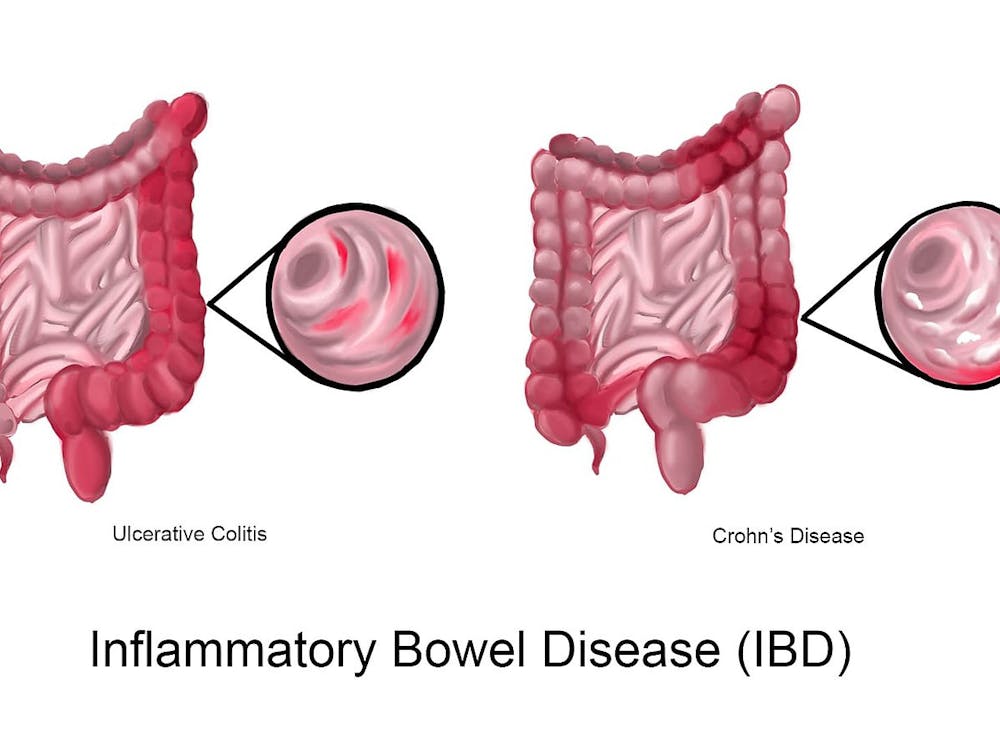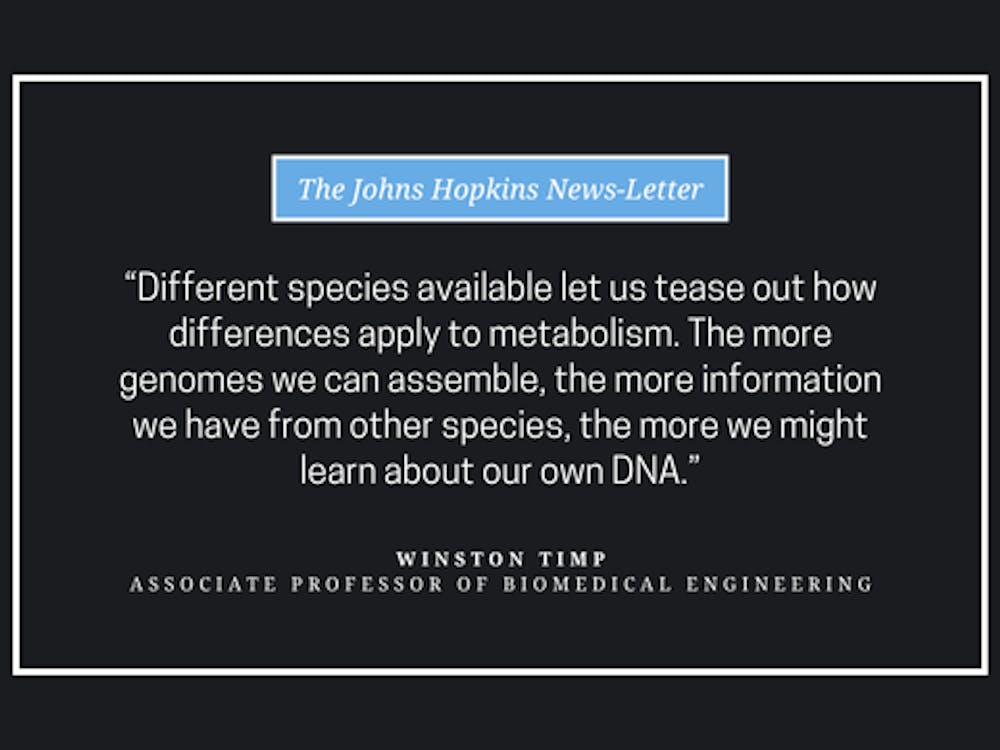Worldwide obesity has nearly tripled since 1975, according to the World Health Organization (WHO).
In the U.S., the issue of obesity threatens the health of both adults and children. With more than one third of U.S. adults living with obesity, they are at risk for certain preventable diseases such as heart disease, stroke and type 2 diabetes.
On top of that, their medical costs are estimated to be $1729 more compared to people with normal weight, according to the Centers for Disease Control and Prevention (CDC).
As obesity rates continue to increase, the idea of overconsumption raises the underlying question of food addiction. One popular theory claims that sugar can be addictive, eliciting increased activity in brain areas associated with drug addiction.
The human body’s blood glucose level responds differently to different types of food. For instance, apples high in fruit sugars do not cause a huge spike in blood glucose levels compared to the same amount of carbohydrates in the form of table sugar.
David Ludwig, a physician and professor of nutrition at the Harvard T.H. Chan School of Public Health, explained in an interview with the Washington Post why this phenomenon occurs.
“[An] apple’s sugars are in natural form, in the whole fruit. The sugar is sequestered in the structure of the fruit, and it leaches out slowly,” Ludwig said. Sugars in sodas and candy, on the other hand, go straight to the liver and raise blood glucose.
Foods that contain sugar can be assigned a glycemic index (GI) value, which is based on the rate in which the food increases blood glucose levels.
Foods with low GI values, such as oatmeal, sweet potatoes and corn, tend to release glucose in a gradual, steady manner. On the other hand, foods with high GI values, such as corn flakes, white bread and bagels, release glucose rapidly and subsequently increase the blood glucose level.
However, foods with high GI values are not necessarily harmful to health.
Long distance runners would benefit more from foods with high GI values to replenish their energy loss.
In a study by Ludwig and colleagues, the effects of foods with various GI values on brain activity four hours after a meal were studied.
Previous studies have demonstrated that high GI value meals would result in a high blood glucose level in the first two hours and is then followed by a lower blood glucose level three to five hours after the meal.
“Sugary foods and refined carbohydrates cause a blood-sugar spike,” said Ashley Gearhardt, a psychologist at the University of Michigan, in an interview with the Washington Post.
The spike is typically followed by a blood-sugar crash three to four hours later.
That cycle primes the brain and makes people want more of those foods.
Researchers used fMRI to image the brain activity of 12 overweight or obese men aged 18-35, who either ate a high GI or low GI value meal. They expected that there would be increased brain activity in regions associated with reward and craving.
The results revealed that four hours after the meals were given, participants who ate high GI meals showed decreased blood glucose levels, increased hunger and selective increased brain activity in regions associated with reward and craving.
It is this dramatic increase in blood glucose level followed by a crash that drives food craving.
“Addictive substances usually have high potency and a rapid rate of absorption,” Gearhardt said.
Lawrence Cheskin, director of the Johns Hopkins Weight Management Center, advises that behavioral patterns need to change in order to combat food craving.
“Do you snack when you come home from a stressful day at work? Substitute with something else relaxing, maybe a walk,” Cheskin said in an interview with The News-Letter.





